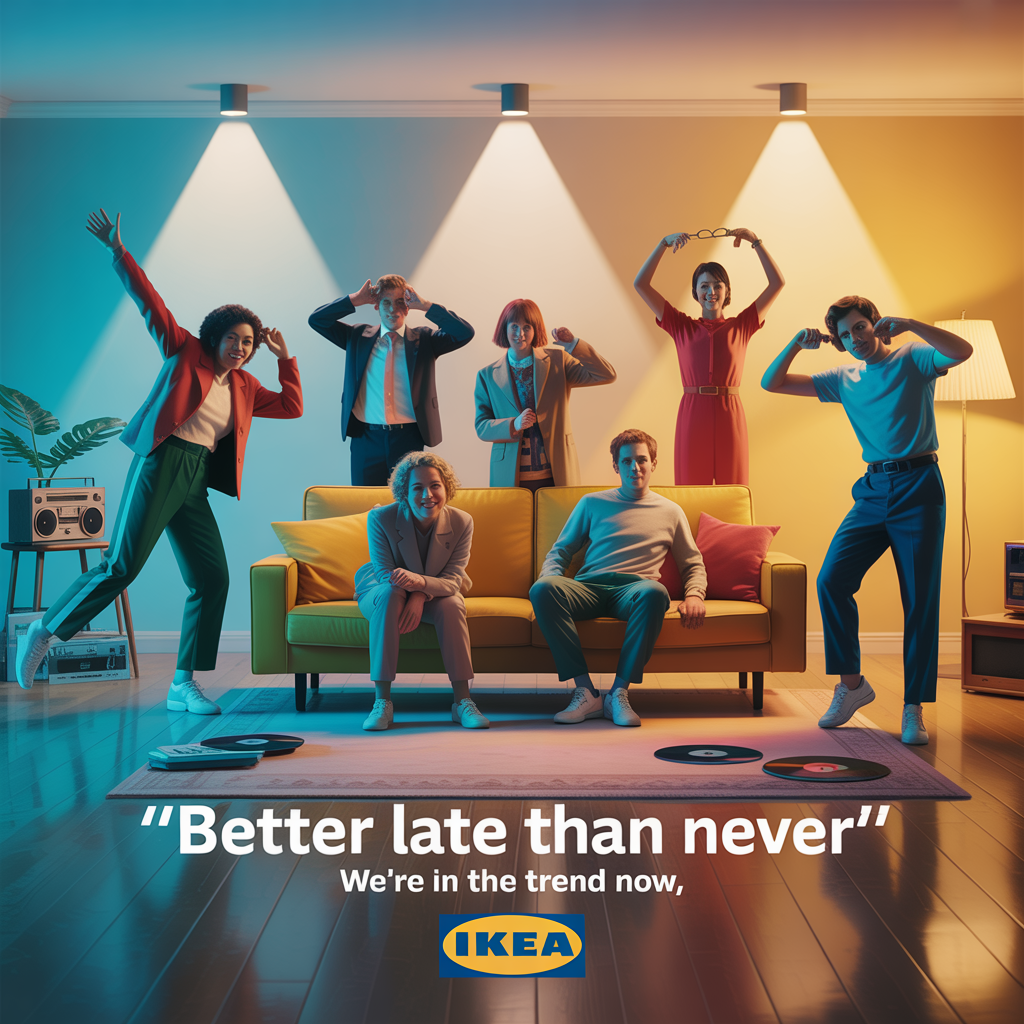The latest fall protection innovations for roofers. Trusted Lakeland FL local roofing contractor tips for safer commercial roof repair.
Working on a roof is still one of the riskiest jobs in construction, but the tools and systems protecting roofers have advanced fast. New hardware, smarter standards, and digital safety tools are closing the gap between “acceptable” and excellent safety practice. This guide explains the latest active and passive fall-protection innovations, what they mean for crews, how they fit into regulations, and what a Lakeland FL local roofing contractor should consider—especially for Commercial Roof Repair Lakeland FL projects where both safety and schedule matter.
Why the latest advances matter
Regulation, litigation risk, and the human cost of falls push contractors to upgrade. The right combination of collective (passive) and personal (active) systems reduces reliance on single solutions and creates redundancy: guardrails and nets keep people off an edge while harnesses and SRLs protect if someone should get too close. For contractors in Lakeland, where commercial rooftops vary from low-slope membranes to metal profiles, having modern options means faster mobilization, better worker confidence, and fewer stoppages.
Standards and rules that shape innovation
Standards and enforcement influence which products you can and should use. OSHA spells out when fall protection is required on construction sites and what systems are acceptable. Contractors must build plans that meet those triggers and document compliance. Meanwhile, ANSI/ASSP standards for self-retracting devices (SRDs) were updated recently to simplify device classes and make product labels clearer for users — a significant move that helps crews choose devices built for leading-edge and overhead uses.
Active fall-protection innovations (personal systems that respond)
Active systems are worn or directly attached to workers. The major innovations here reduce arrest force, improve compatibility with edge hazards, and add rescue capability.
Classed SRLs and true leading-edge capability
Self-retracting lifelines have been reclassified so roofers and safety managers can quickly identify whether a device is tested for leading-edge exposures or overhead anchorage. Modern Class 2 SRLs include reinforced lifeline materials, energy-absorbing guts, and testing against sharper edges. That reduces the risk of line severance and lowers forces on the worker during an arrest. Manufacturers are also introducing field-serviceable SRLs, easier inspection labels, and clearer load charts so crews know clearance requirements.
Integrated energy-absorbing connections and low-arrest-force designs
New shock-absorbing lanyards and built-in energy absorbers paired with SRLs reduce the peak forces transferred to the human body. Some systems combine a short energy-absorbing lanyard with a leading-edge rated SRL so the arrest happens over a larger distance but with gentler deceleration—important for workers tied off at foot level or when anchor points are low.
SRLs with rescue and monitoring features
Products now ship with rescue-capable modules or removable SRL-R variants that allow controlled lowering after an arrest. In addition, device manufacturers are integrating RFID or QR-coded inspection histories on the units, making daily checks and record-keeping simpler and more reliable.
Passive (collective) fall protection innovations
Passive systems protect everyone at once without requiring each worker to be tied off. They are often preferred because they remove human behavior from the equation.
Non-penetrating, freestanding rooftop guardrails
Non-penetrating guardrail systems empower contractors to install stable edge protection without breaching roofing membranes—critical on warranty-sensitive commercial roofs. Modular systems that use ballast bases or engineered counterweights allow rapid installation and removal and meet guardrail load requirements, which is a huge win for commercial roof repair jobs that must preserve the membrane integrity.
Skylight screens, walkways, and modular parapet extenders
Skylight screens and lightweight walkway systems add passive protection where open penetrations or fragile surfaces exist. New modular parapet extenders and temporary parapet systems make roofs safer for maintenance and repair without permanent retrofit work.
Safety net and catch systems adapted for rooftop work
Safety nets remain essential on many high-rise projects and are evolving in materials and anchorage systems for faster deployment. Engineered netting can now be tied into temporary lifelines and scaffolding for combined protection strategies.
Temporary horizontal lifelines, ballasted anchors, and roof-friendly anchors
Temporary horizontal lifelines (THLs) and non-penetrating rooftop anchors let teams set up versatile, code-compliant tie-off points without drilling into membranes. Some modern THLs are tool-less to install, have bypass shuttles so two workers can pass each other safely, and include tension indicators that reduce the chance of mis-installation. Ballasted and deadweight anchors are designed to distribute load, preserve roof warranties, and be compatible with a wide range of roofing systems—very useful on tight Commercial Roof Repair Lakeland FL schedules where permanent anchors aren’t appropriate.
Technology and training: a new safety layer
Hardware is only half the solution. Digital tools and modern training drive real behavior change.
Wearables and IoT monitoring
Wearable fall-detection tags, location beacons, and tether sensors give supervisors real-time visibility into worker positions and alerts when a fall occurs or if a worker enters an exclusion zone. These systems shorten response time after an incident and can flag unsafe behaviors before they lead to a fall.
VR and immersive training
Virtual reality and immersive simulators let crews practice rooftop tasks and fall-rescue scenarios in a no-risk environment. VR training improves hazard recognition and muscle-memory reactions for ladder transitions, near-edge work, and anchor selection—skills that directly reduce incidents on commercial roofing projects. These technologies are gaining traction as part of comprehensive safety programs.
How these innovations change the job for a Lakeland FL local roofing contractor
Lakeland’s mix of low-slope commercial roofs, metal profiles, and frequent service work on occupied buildings makes the new toolbox particularly valuable.
For commercial roof repair in Lakeland FL you can rely on non-penetrating guardrails and ballasted anchors to protect workers and keep roof warranties intact. That reduces call-backs and speeds owner approvals.
Class 2 SRLs and leading-edge-capable gear let crews safely work on roof edges where overhead anchors aren’t available—common on single-story retail roofs and older commercial stock.
Adding wearables for crew monitoring and using VR scenario drills in pre-job briefings creates a measurable safety culture that owners prefer and insurers reward.
Case study — Commercial Roof Repair Lakeland FL (composite example)
Passive first: The contractor installed non-penetrating modular guardrail around roof perimeters and over skylight locations to give collective protection during tear-off and repair. Temporary lifelines: Where guardrails couldn’t reach under HVAC clusters, the crew used temporary horizontal lifelines with bypass shuttles to ensure continuous 100% tie-off while moving. Leading-edge protection: For low anchor scenarios near short parapets, crews used Class 2 SRLs engineered for leading-edge conditions. SRLs were paired with short energy-absorbing lanyards for redundancy. Monitoring and training: Each worker wore a simple location tag tied into the site control dashboard; the foreman used the feed to ensure no-one entered exclusion zones. The crew completed a VR refresher on anchor selection and rescue before work began. Outcome: The project finished on schedule with zero fall incidents, no roof warranty breaches, and positive client feedback for minimal tenant disruption.
This example mirrors how modern equipment and planning combine to reduce risk while preserving commercial scheduling constraints.
Selecting the right mix: practical guidance
Start with a job hazard analysis: identify skylights, edges, temporary openings, and roof material sensitivity.
Prioritize passive systems where practical: guardrails and skylight screens reduce dependence on personal gear.
Use Class 2 SRLs and rated anchors for leading-edge exposures. Confirm clearance and rescue plans before work begins.
Favor non-penetrating anchors and ballasted systems on commercial membrane roofs to protect warranties.
Add a monitoring layer—wearables, radios, or site dashboards—and ensure every worker can be accounted for.
Train with immersive or hands-on rescue drills and keep inspection logs for all devices (RFID/QR inspection tagging simplifies this).
Implementation checklist for contractors and supervisors
Verify OSHA and local requirements are met and documented.
Confirm all SRLs and lifelines meet the updated ANSI classification needs for the task.
Choose non-penetrating guardrails and anchors when roof warranties or membrane integrity are priorities.
Conduct a pre-job safety briefing with rescue planning and tool checks.
Maintain daily inspection logs, labels, and device serial numbers; use QR/RFID where possible.
Plan for post-arrest rescue capability and practice the rescue procedure before work starts.
Final thoughts
The best fall-protection strategy for roofers is layered: passive systems where possible, active systems where required, and technology plus training to tie everything together. For a Lakeland FL local roofing contractor working on commercial jobs, these innovations offer real operational advantages—safer crews, preserved roof warranties, faster setups, and measurable risk reduction. When delivering Commercial Roof Repair Lakeland FL projects, pairing modern hardware with documented training and monitoring is the new baseline for high-quality, trusted roof work.




















